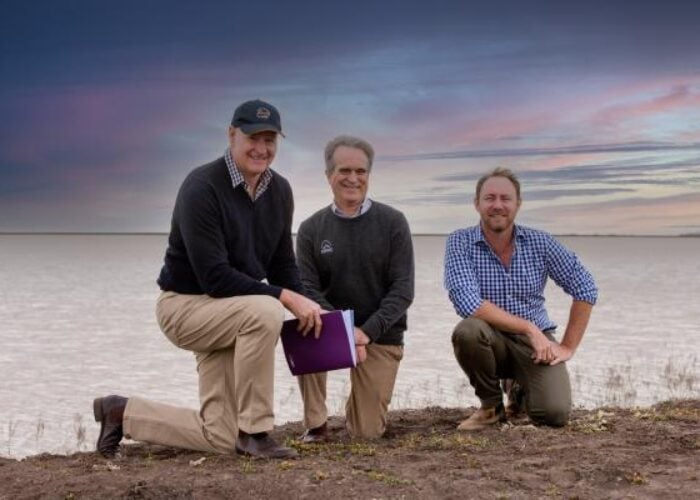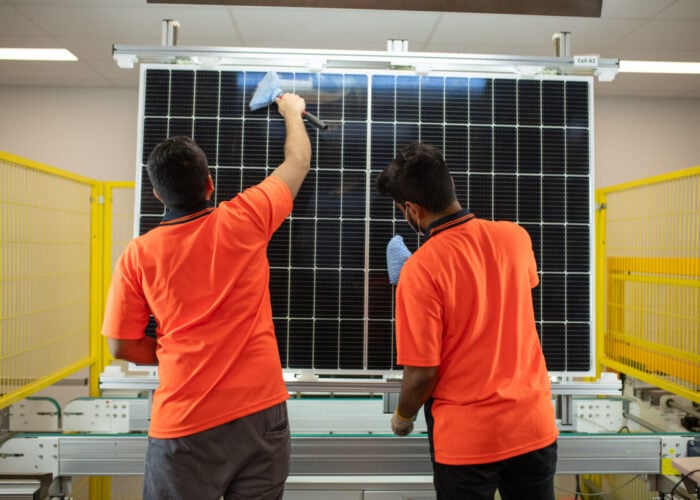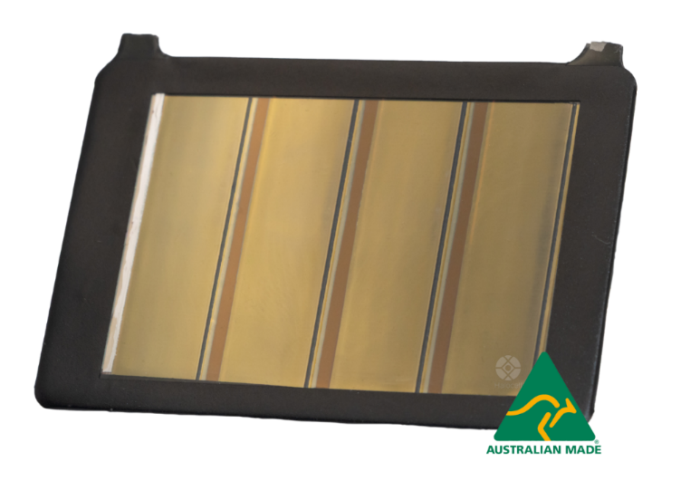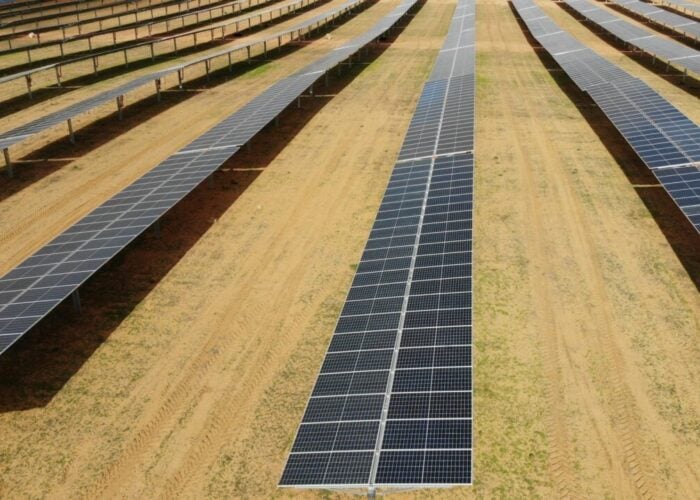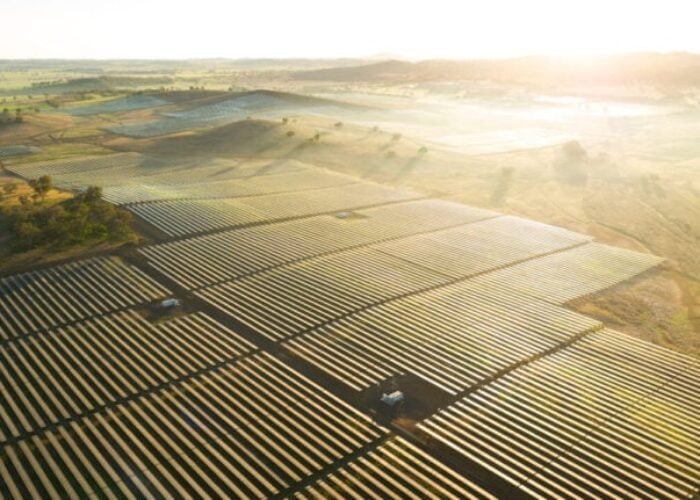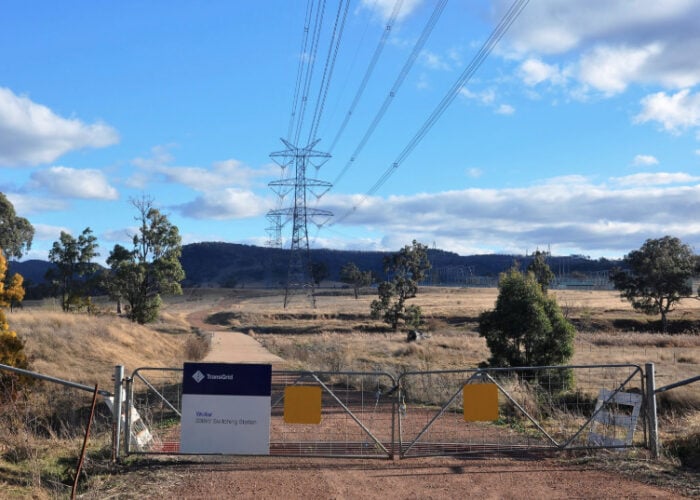
Australia’s Clean Energy Council has slammed the Australian government’s latest federal budget as “disappointing” for not placing more onus on expanding the country’s renewable energy capacity.
Treasurer Josh Frydenberg placed big spending commitments on social policies such as driving down unemployment, aged care, childcare, supporting mental health and disability services, women’s economic security and domestic violence support on Tuesday night (11 May).
Unlock unlimited access for 12 whole months of distinctive global analysis
Photovoltaics International is now included.
- Regular insight and analysis of the industry’s biggest developments
- In-depth interviews with the industry’s leading figures
- Unlimited digital access to the PV Tech Power journal catalogue
- Unlimited digital access to the Photovoltaics International journal catalogue
- Access to more than 1,000 technical papers
- Discounts on Solar Media’s portfolio of events, in-person and virtual
While more than UA$10 billion is to be spent on major infrastructure projects focusing on road, rail and freight upgrades, the government has been criticised for not doing more to stimulate renewables investment.
Kane Thornton, chief executive of the trade body the Clean Energy Council, said in a statement that the budget presented a “missed opportunity” to invest in improving Australia’s electricity grid to facilitate the expansion of renewable energy generation. He said that a clean recovery from the economic downturn caused by COVID-19 could bring in more than AU$50 billion of outside investment, resulting in more than 30GW of new energy capacity and around 50,000 new jobs as projects are developed.
“The lack of transmission investment is now one of the most critical challenges facing Australia’s energy industry,” Thornton said. “It’s disappointing that in a ‘nation-building’ infrastructure budget, upgrades that will enable the access and security of clean, low-cost power have not been prioritised.”
The announcement comes weeks after the federal government signed a AU$1.08 billion (US$840 million) energy and emissions reduction agreement with South Australia’s regional government, which includes AU$400 million in federal funding for “priority areas” such as hydrogen, carbon capture and storage, electric vehicles and “other emissions reduction projects” in South Australia, as well as up to AU$110 million in finance for solar thermal and storage projects.

